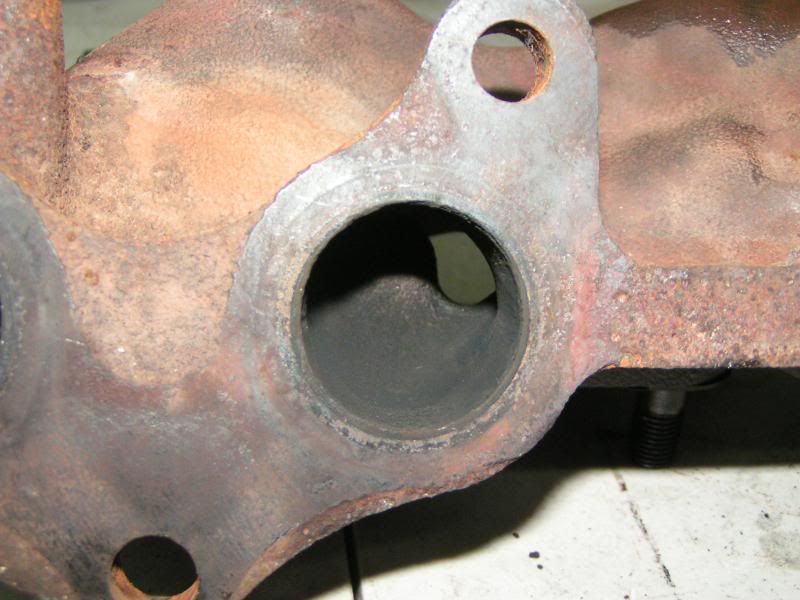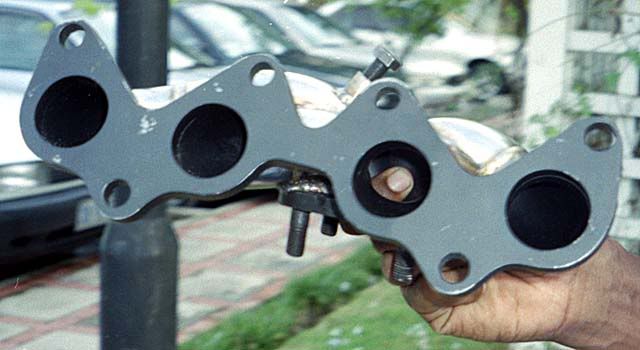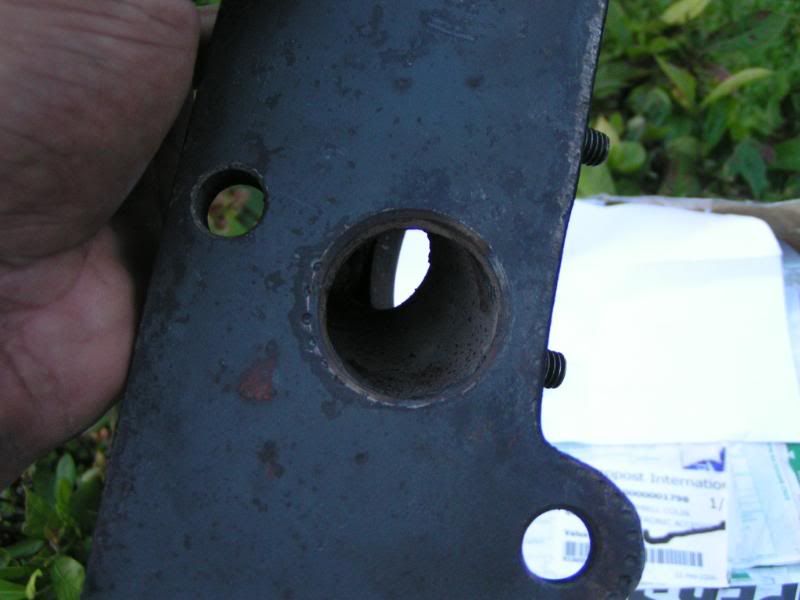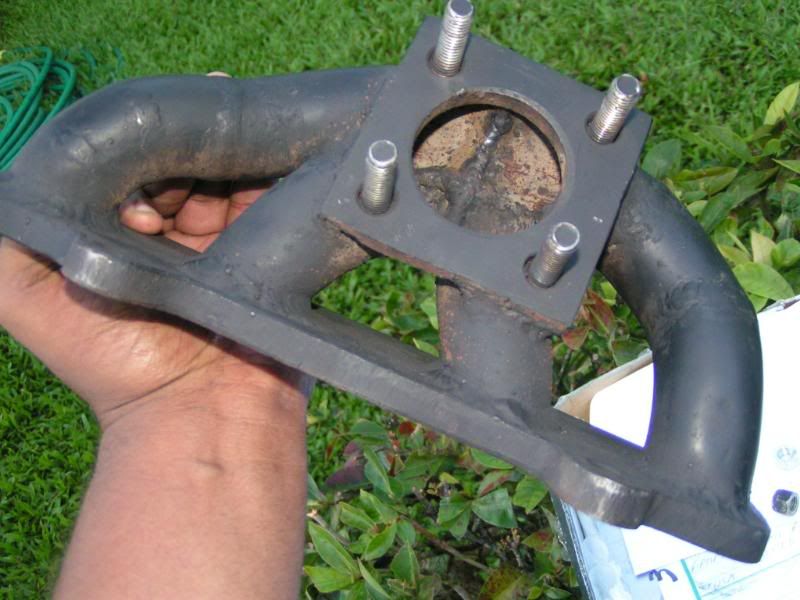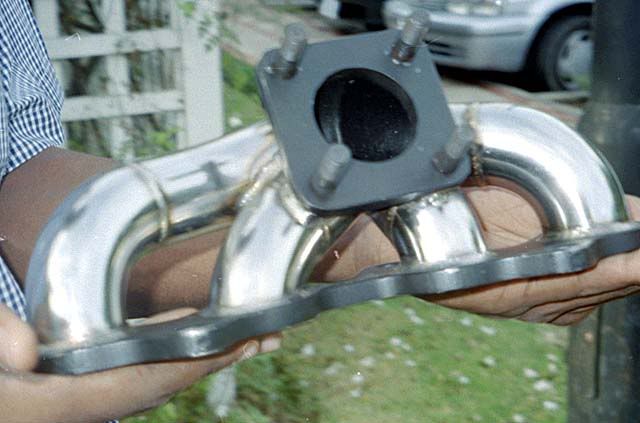also you cannot pulse tune a turbocharged engine as such, with wave reflection methods you can induce a sort of forced induction on N/A engines, however with a turbocharged engine the induction is about as forced as its going to get.
Then please explain the concept of Twin scroll. To my simple knowledge that is basically pulse tuning. What you are doing is having the engine pulses based on firing order spool the turbo with each exhaust wave one after the other.
A twin scroll turbine housing uses dual side by side passages into the housing. When coupled with a pulse converter manifold that separates exhaust pulses as many crank degrees in the firing order as possible, a twin scroll or divided housing works to reduce lag, decrease exhaust manifold backpressure on the top end, reduce the potential for reversion, and increase fuel economy. The twin scroll is based off the same reasoning a tri-Y header uses: keep spent exhaust gases out of an adjacent cylinder drawing in fresh air. At high rpm on a turbo car, exhaust backpressure is usually significantly higher than atmospheric pressure, and often higher than intake manifold pressure as well. A divider between each of the two volutes allows the cylinders to expel the exhaust gases without it interfering with the fresh air for combustion. Since there are two openings, each a smaller overall volume than a single scroll design, the exhaust velocity of each pulse can be maintained. This also spins the impeller more easily because lag is a function of the scroll area. A single turbine housing opening isn't as efficient since cylinders on the exhaust stroke of the 4 stroke cycle contaminate the cylinders that are on overlap with exhaust gas. A conventional turbine housing is not as effective in using exhaust pulse energy to help spin the turbine up to speed as it does not exploit the energy contained in the pulses as well.
In the N/A scavenging method what you are doing is using the pulses to pull each adjacent pulse along. In the turbo sense you are using the firing order to push the exhaust wheel with every wave.
This is the standard manifold, with the restriction
This is my old Cruise manifold.
You can clearly see the difference in the 3rd runner.
One of those knock-off UK manifolds I bought for testing.
As badly made as it was again its clear the difference in the 3rd runner.
The stock manifold outlet
Again the difference is clear. The runner diameter is reduced at the outlet by the xbrace. This also decreases the internal volume of the stock manifold.
Aftermarket options



